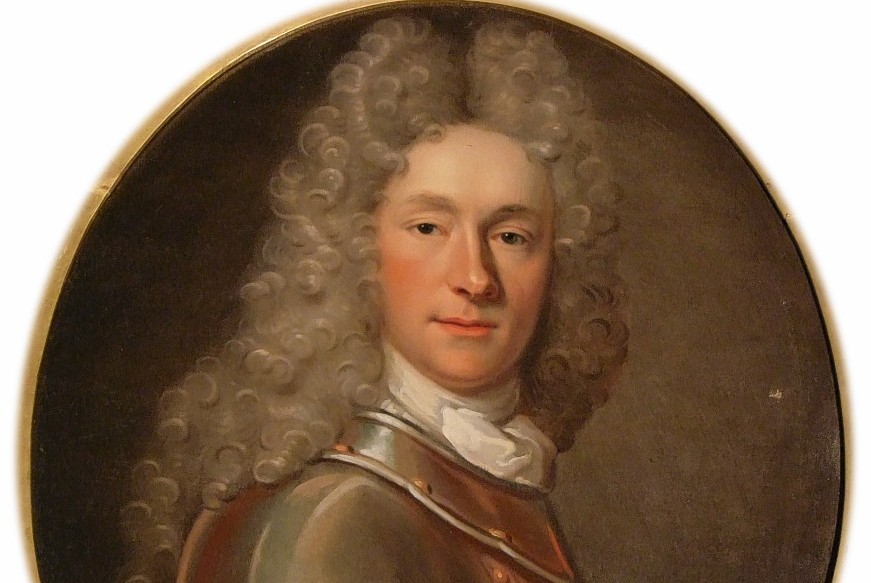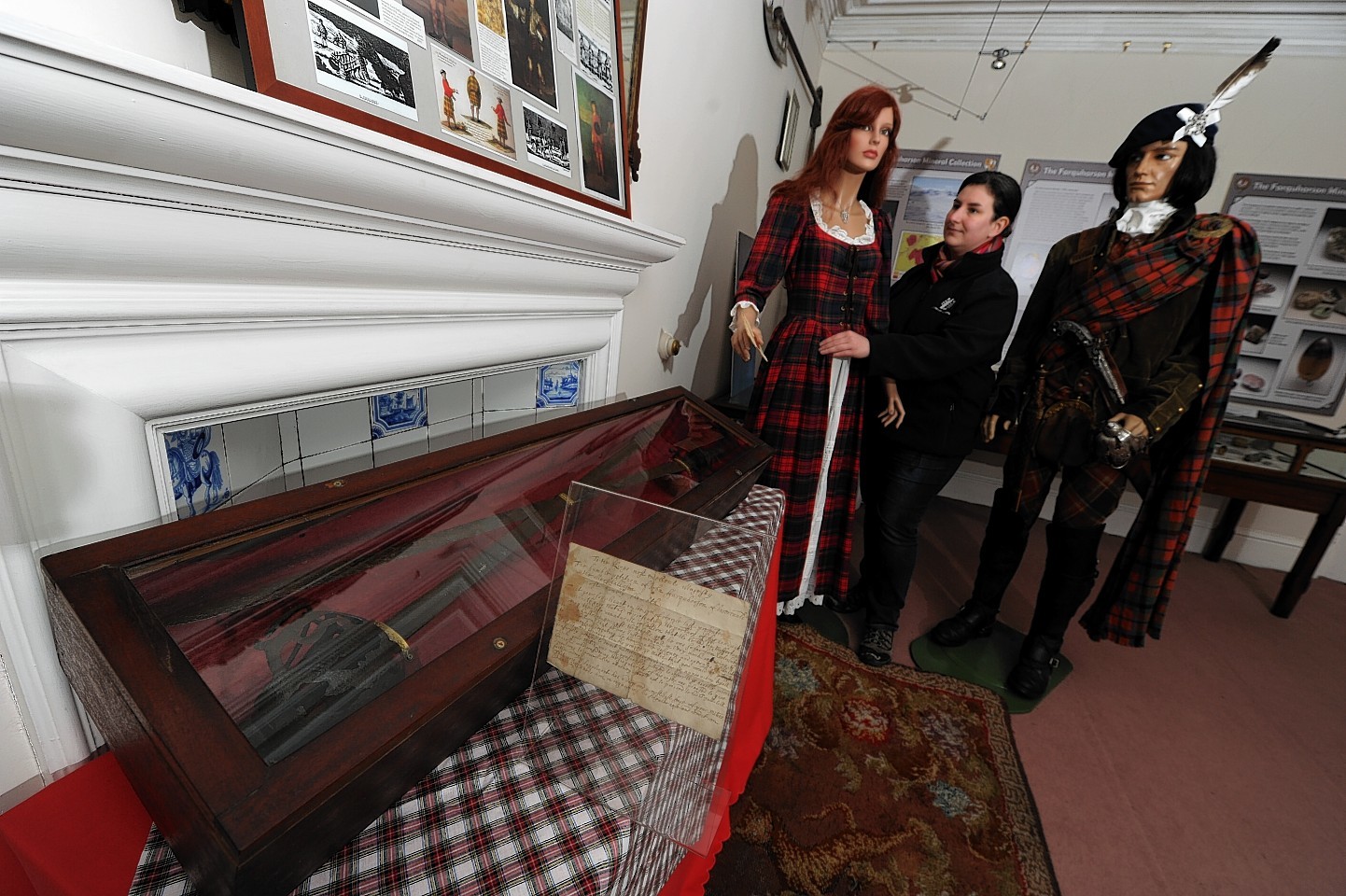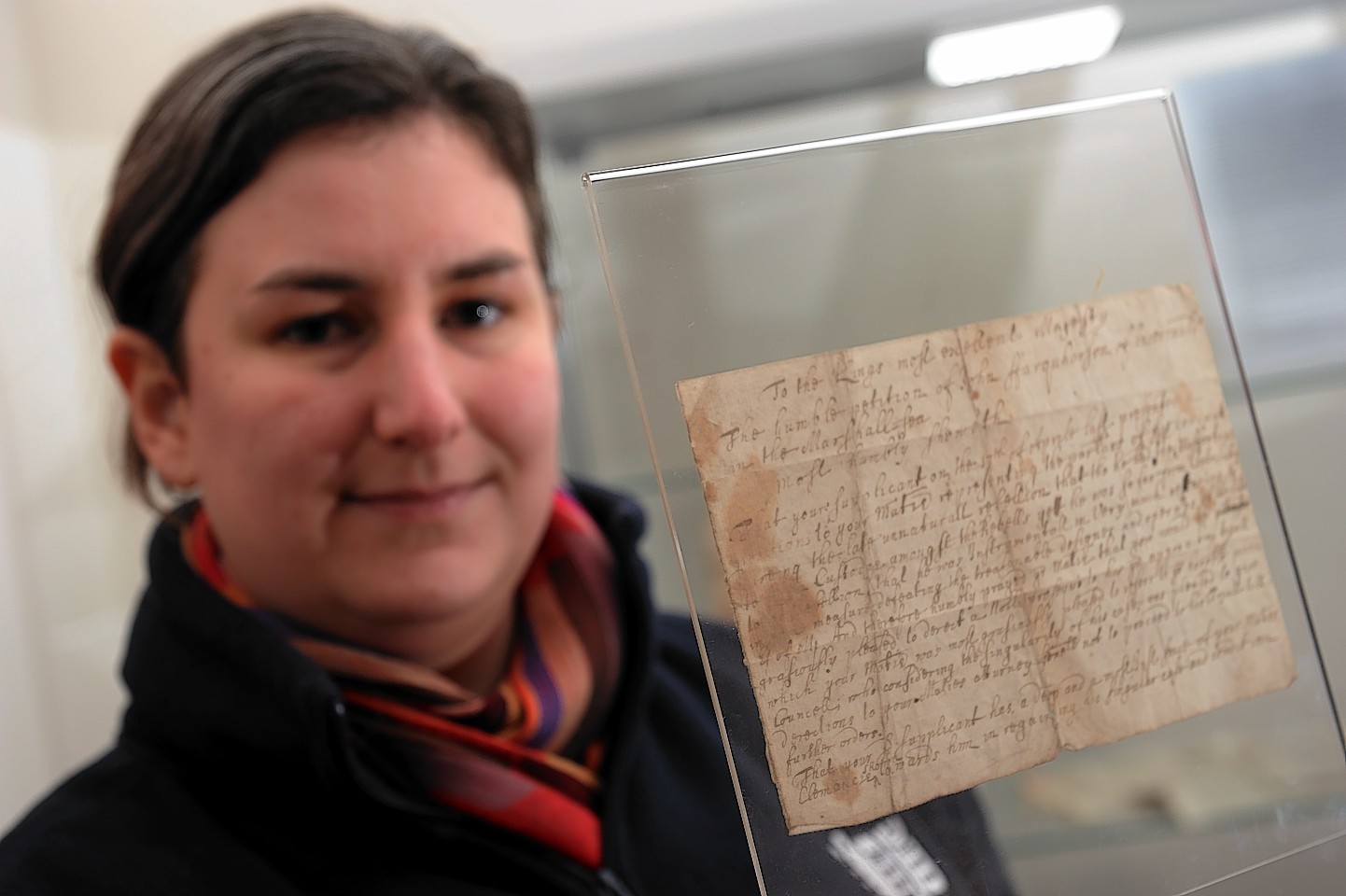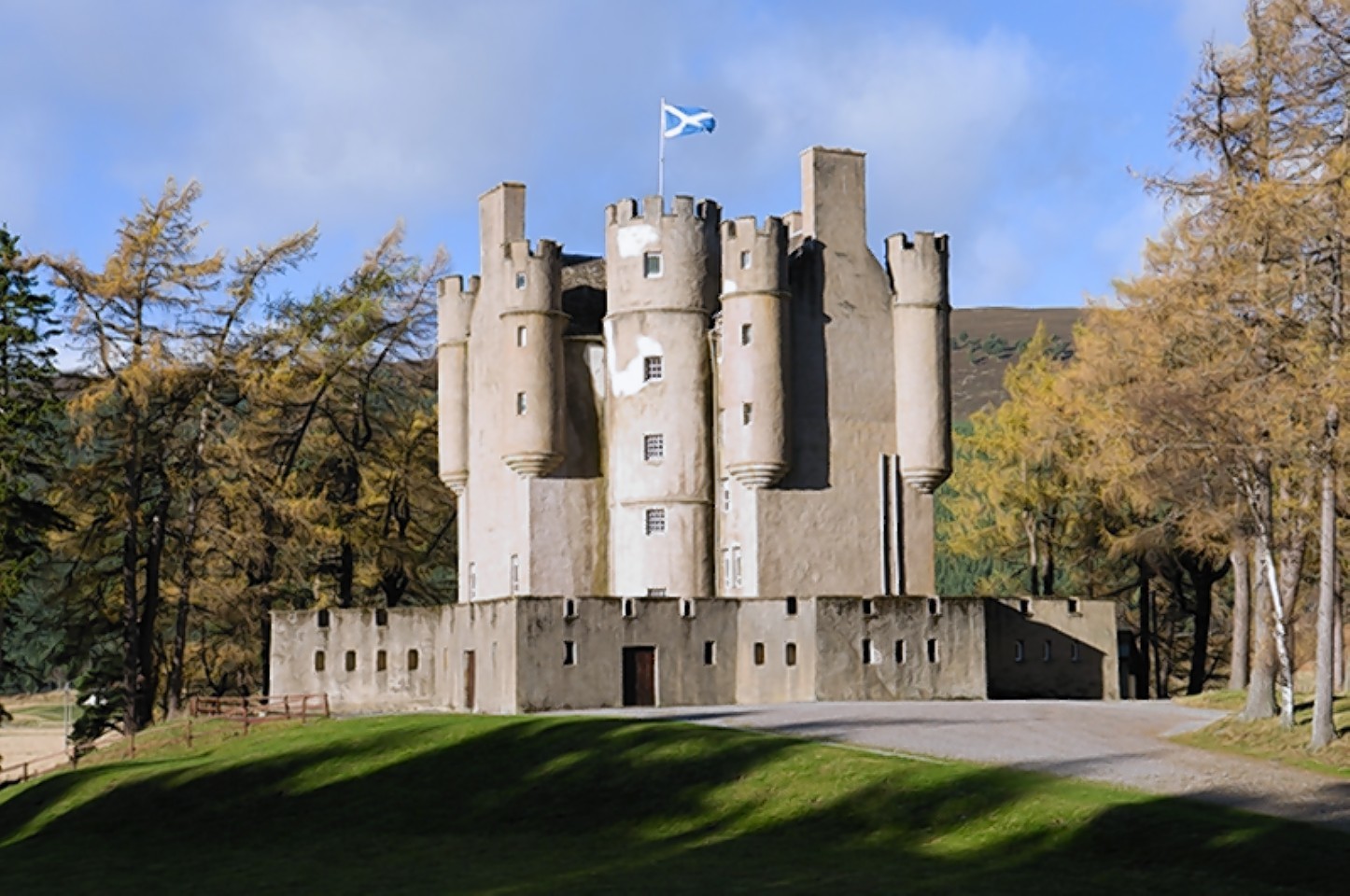Today it is so closely associated with the monarchy that it is known as Royal Deeside – but this most scenic corner of the north-east was a very different place three centuries ago.
On September 1, 1715, at Braemar Castle – just a few miles from the Queen’s holiday hideaway at Balmoral – 10,000 men rallied around the standard of King James VIII during the first Jacobite rebellion.
Now never-before seen letters revealing the depth of Deeside’s involvement in the uprisings have gone on display at the ancient stronghold among a treasure trove of fascinating items.
Other relics on show at the landmark include two Jacobite broadswords which were hidden under the floor boards of another north-east castle for almost 300 years after the bloody battle of Culloden.
Braemar Castle, on the frontier of Highland Aberdeenshire, was where thousands joined John Erskine, the Earl of Mar, in 1715 with the aim of restoring the ousted “Old Pretender” James Stuart to the throne of Scotland and England.
Rebels from the north-east also went on to fight for Charles Stuart, or Bonnie Prince Charlie, during the 1745 Jacobite rebellion and the exhibition gives an insight into the roles played by the Earl and his neighbour, John Farquharson, the 9th Laird of Invercauld, in attempts to rid King George I of Hanover of his seat during one of the most turbulent periods in Scottish history.
Braemar Castle manager, Laura McMeekin, said it would also highlight the role of regular Deesiders during the saga.
She said: “It is something that is quite close to Braemar’s heart. Lots of people associate Braemar with the Highland games and the monarchs – but obviously before that they were a little bit more troublesome.
“In the ’15 rebellion the Earl of Mar had ridden to Braemar with a hunting party, it was a hunting lodge then and the local people would have come to his side.
“It is from there that they pledged allegiance to the king – King James VIII. There would have definitely been a lot of people from Braemar there.”
A letter, on display for the first time, shows how John Farquharson begged King George for release from Marshalsea prison, in London, after the failed Battle of Preston in 1715.
Ms McMeekin added: “The stuff that we have learned about John Farquharson is really, really interesting. He was known as the reluctant rebel.
“He was sent down south to stir up rebellion in Northumberland and was at the defeat at the Battle of Preston, but he tried to turn that defeat to his favour and said that’s what he wanted.
“We have the petition that was written by John Farquharson from Marshalsea Prison, a notorious prison that closed in the 1800s.
“It is a tiny slip of paper and he’s written everywhere on both sides, and in the first sentence he uses the word ‘humbling’ six times. He was really worried he was going to be executed for high treason.”
Farquharson – who claims in the letter that he was forced against his will to fight in the rebellion by the Earl of Mar – is reported to have kissed the hand of King George upon his release.
The Earl fled to France following the Battle of Sherrifmuir in 1715 and John Farquharson took no involvement in the 45′ uprising – although his clan still played a role in the Jacobite cause.
The defeat at Culloden on April 16, 1746 spelled an end to the uprising – and to the Highland way of life.
Ms McMeekin added: “I think my favourite things that we have on display are the two swords.
“In 1746 weapons were banned in the Highlands and these swords were found under the floor boards of a castle near here.
“It looks like they were hidden 300 years ago. Who knows what happened to the Jacobites who hid them.”
Tomorrow’s exhibit will mark the opening of the castle for the 2015 season.



